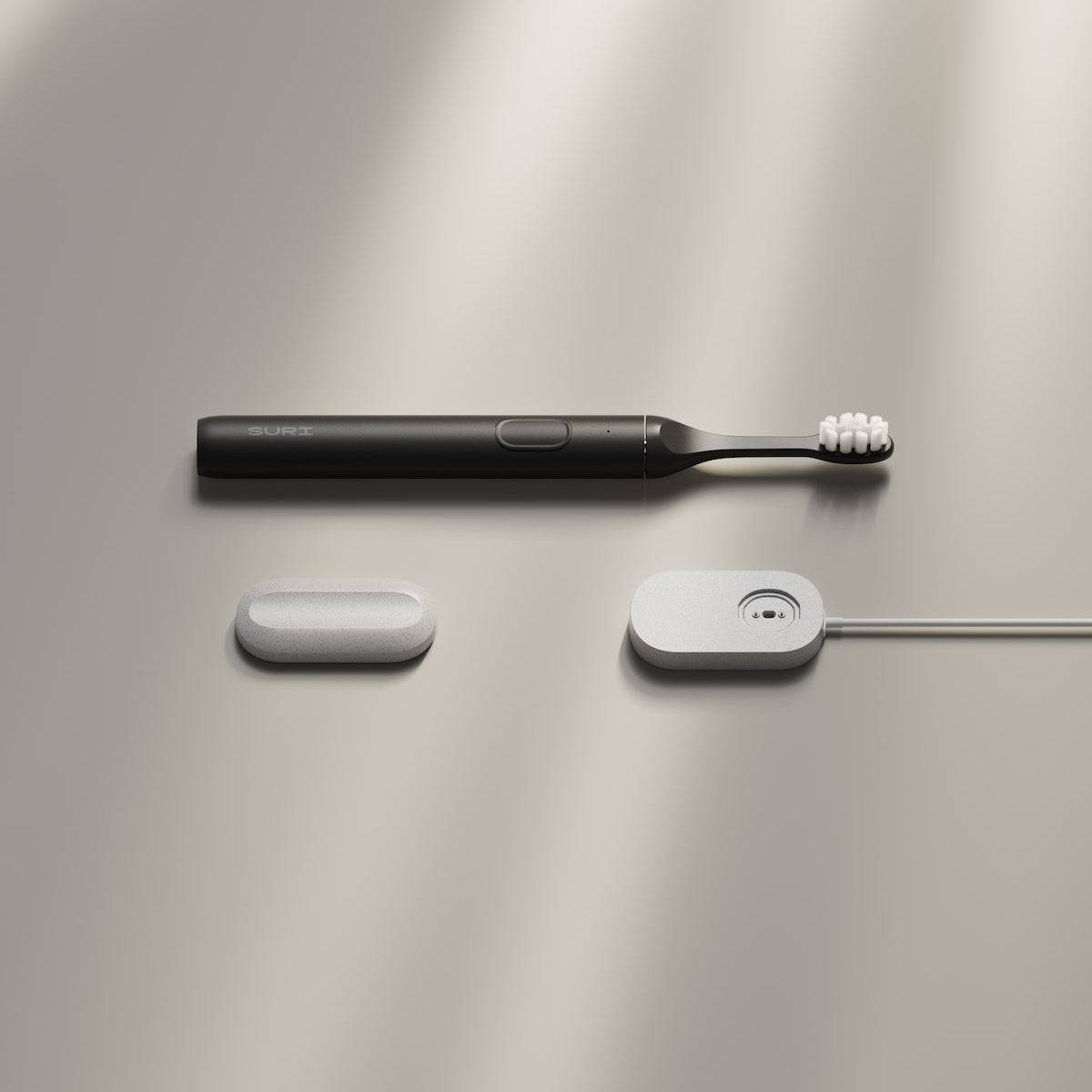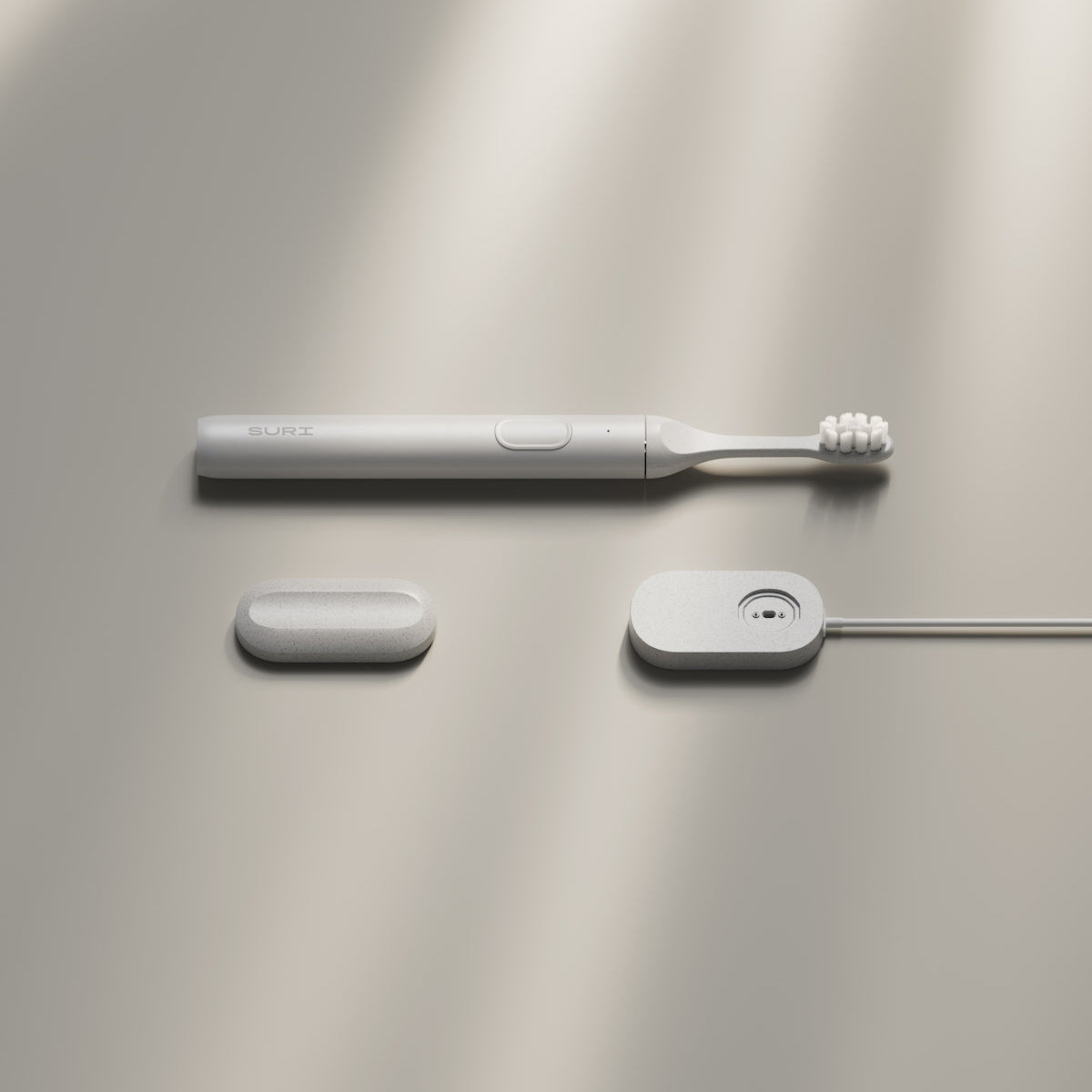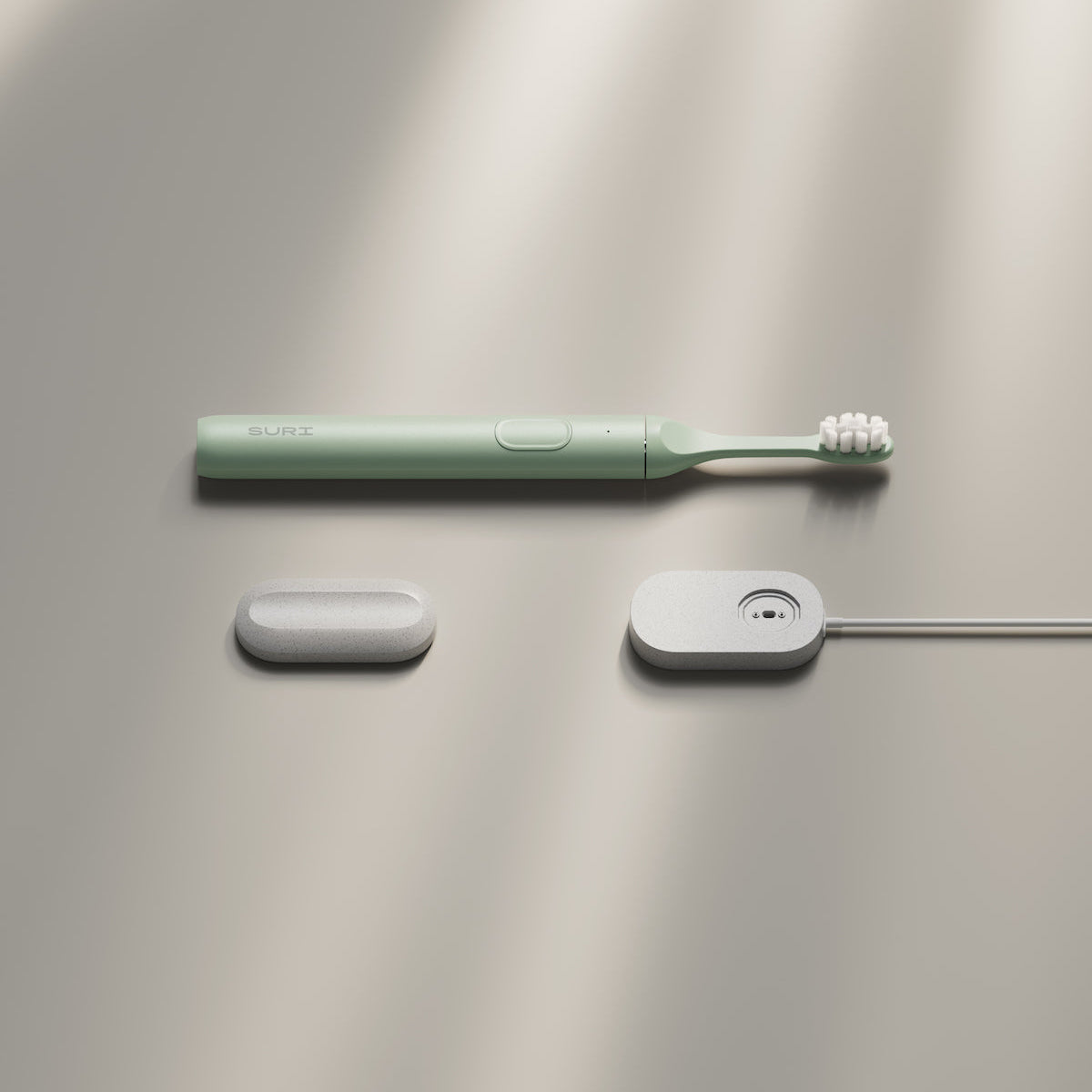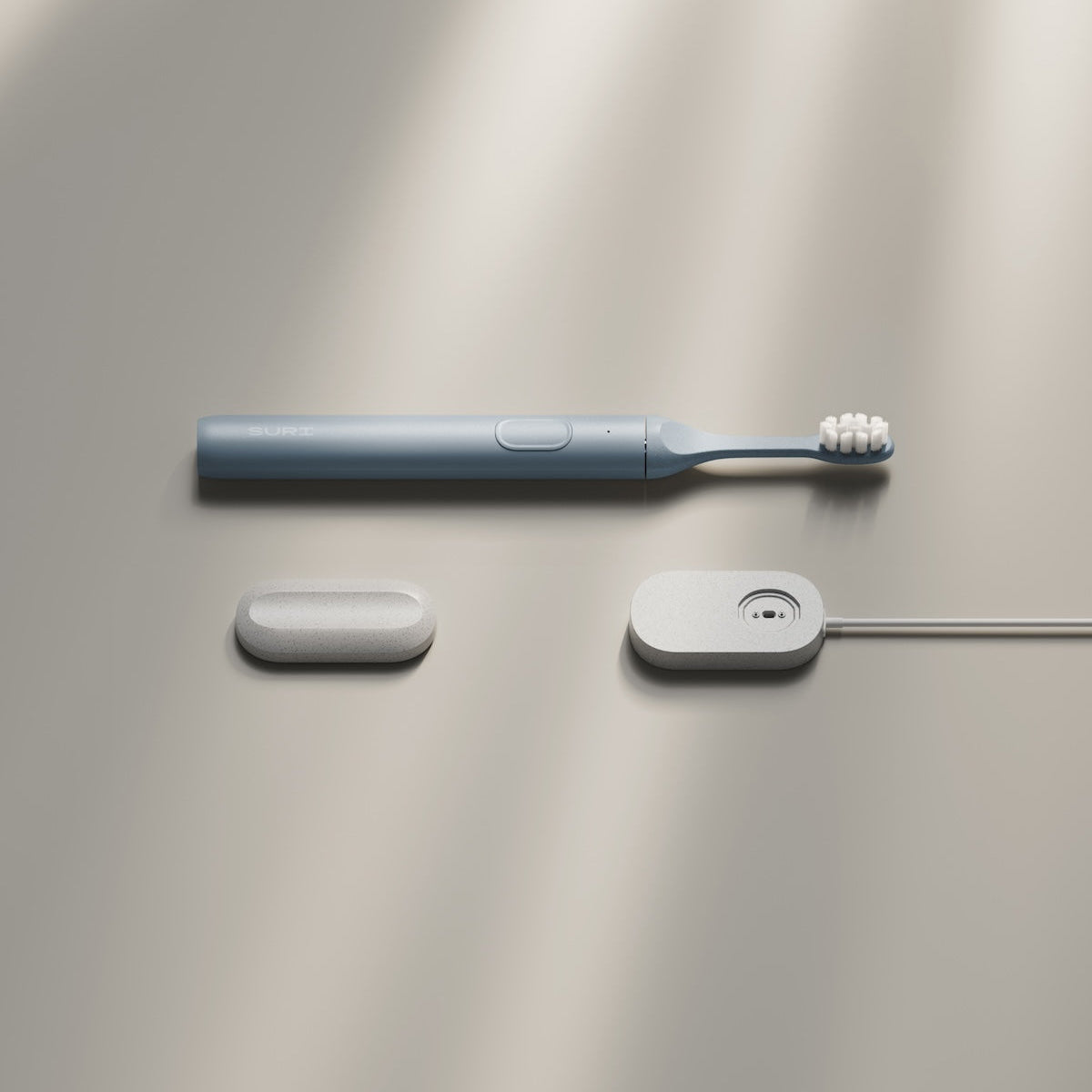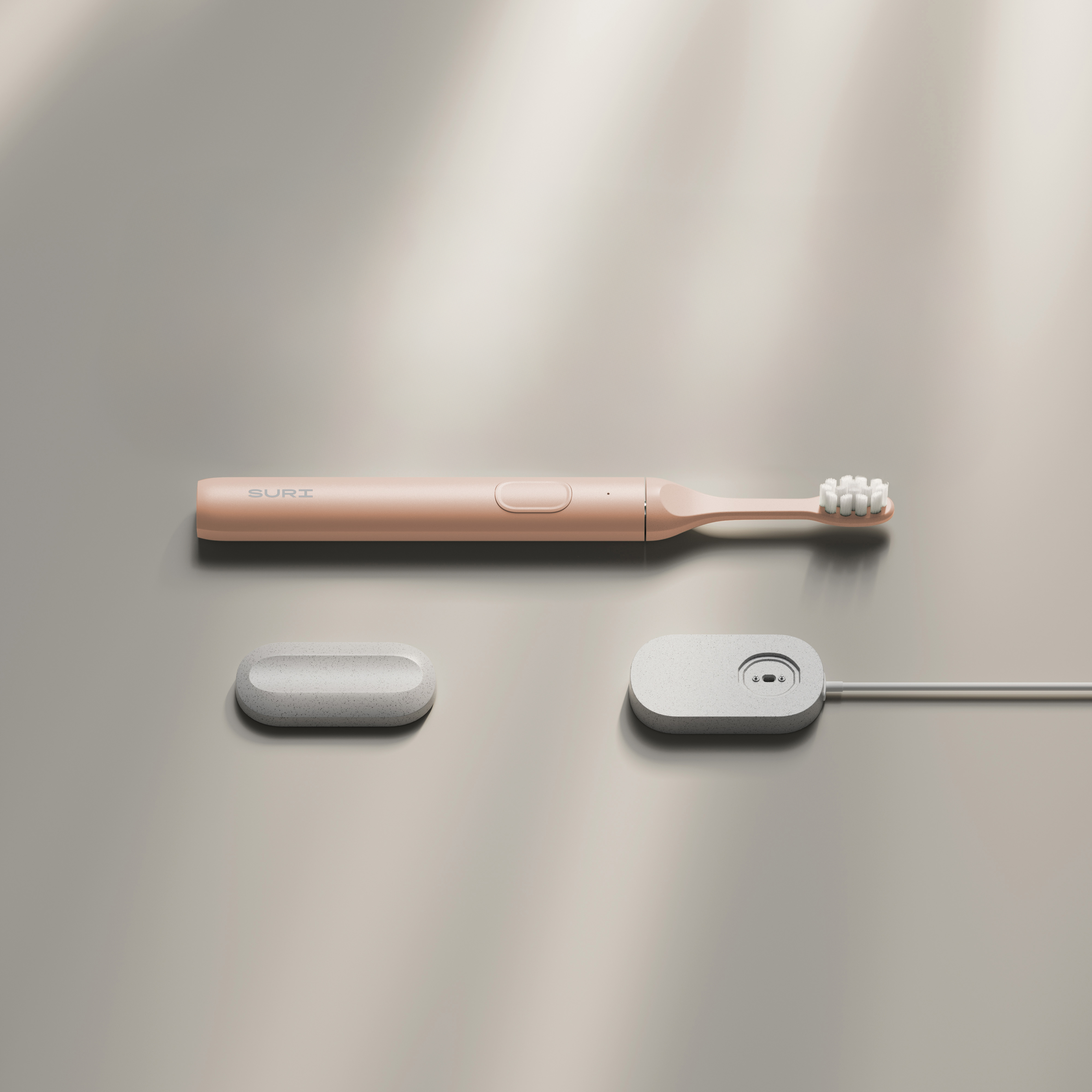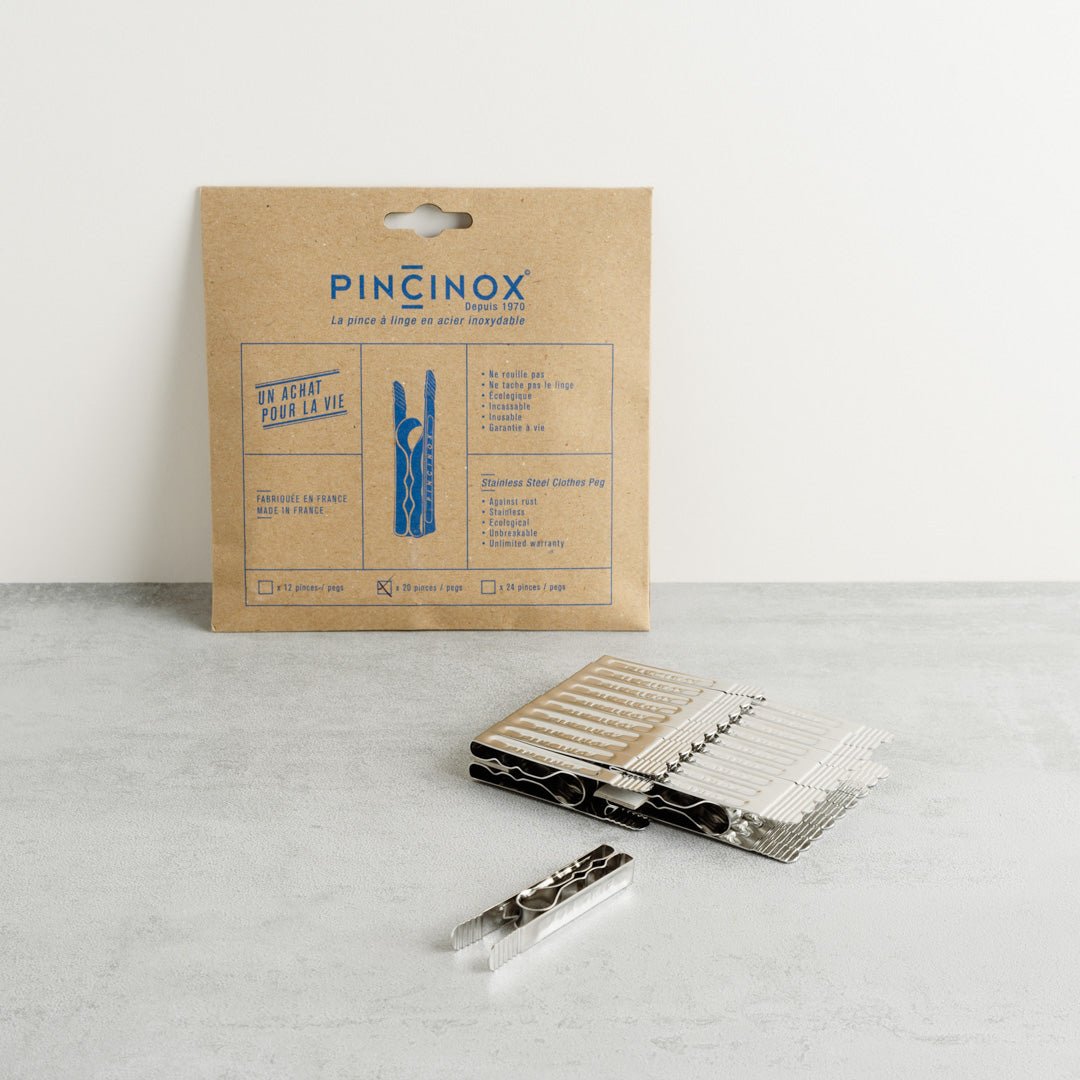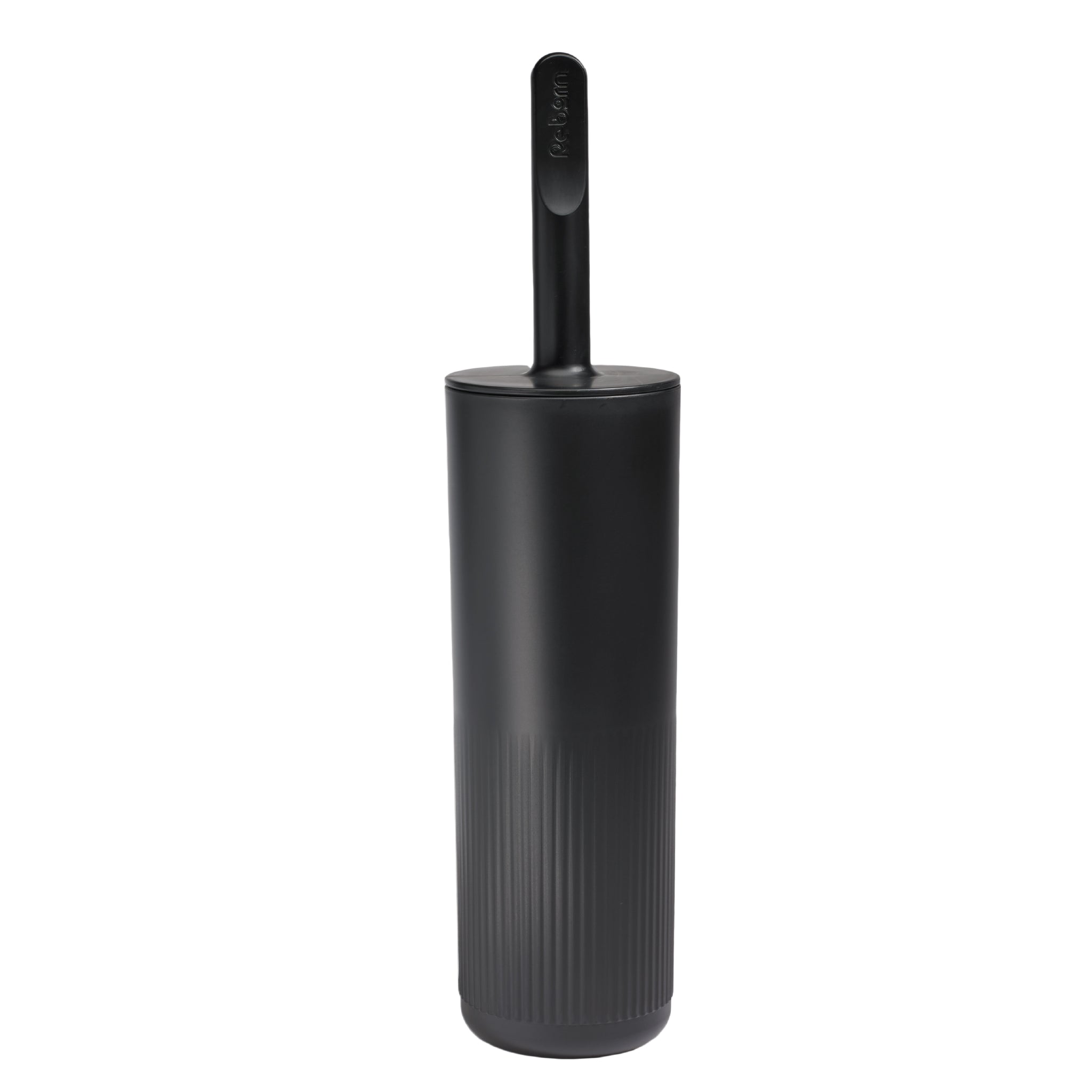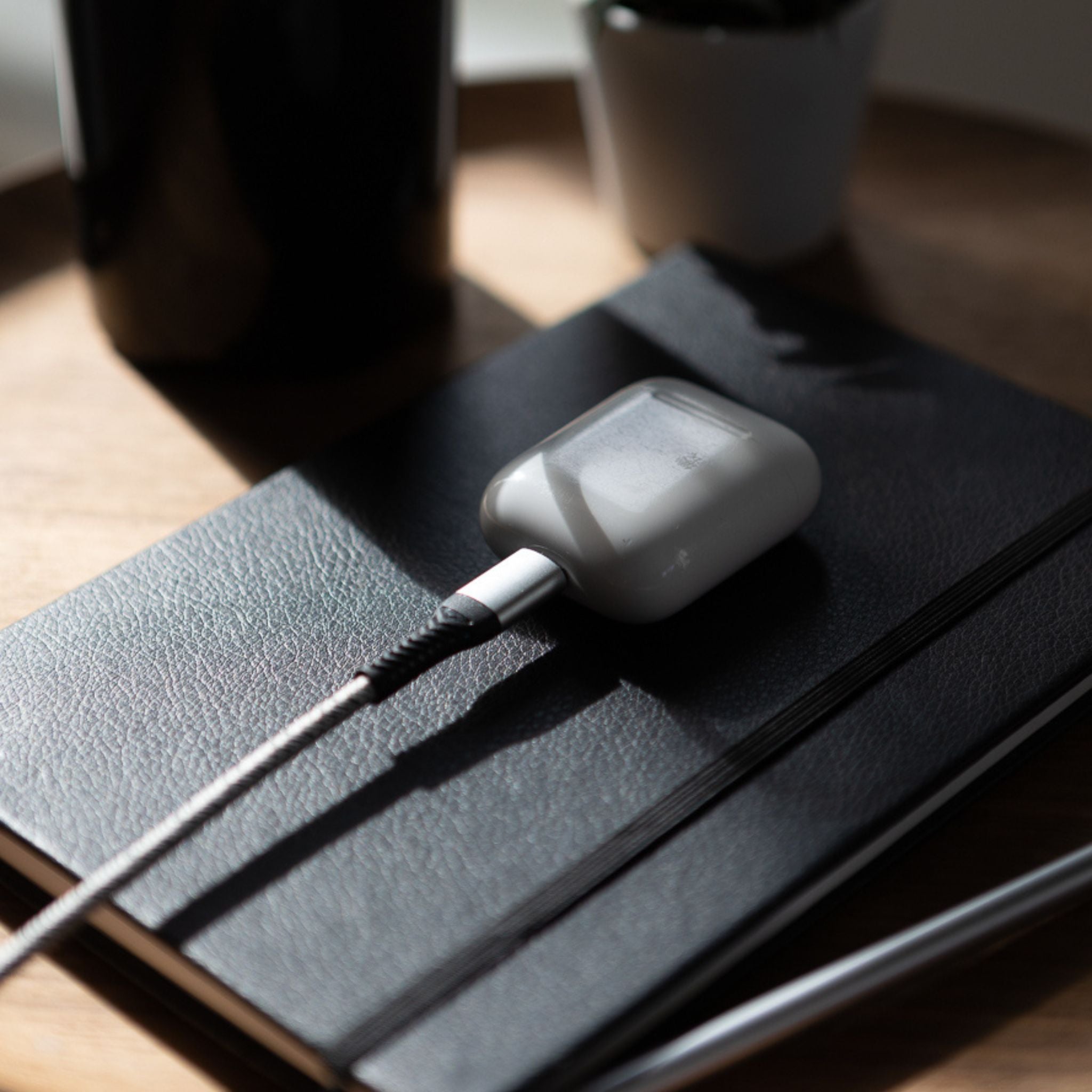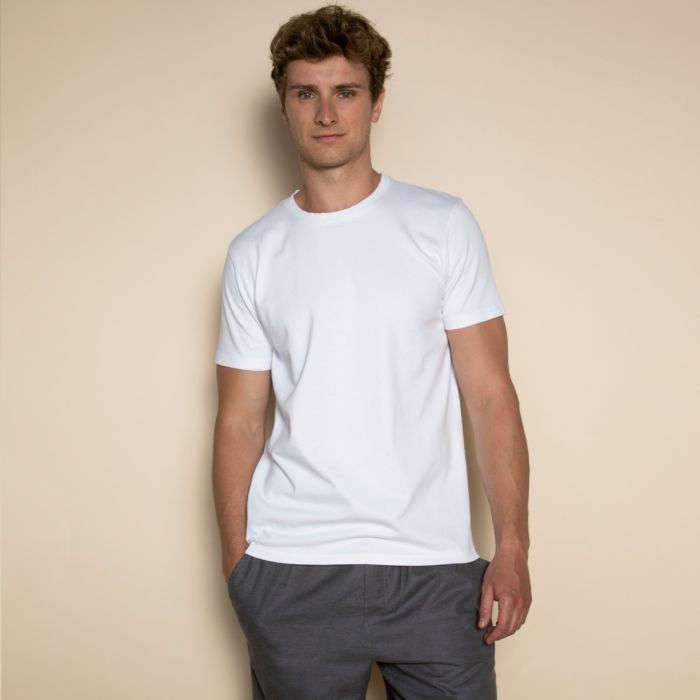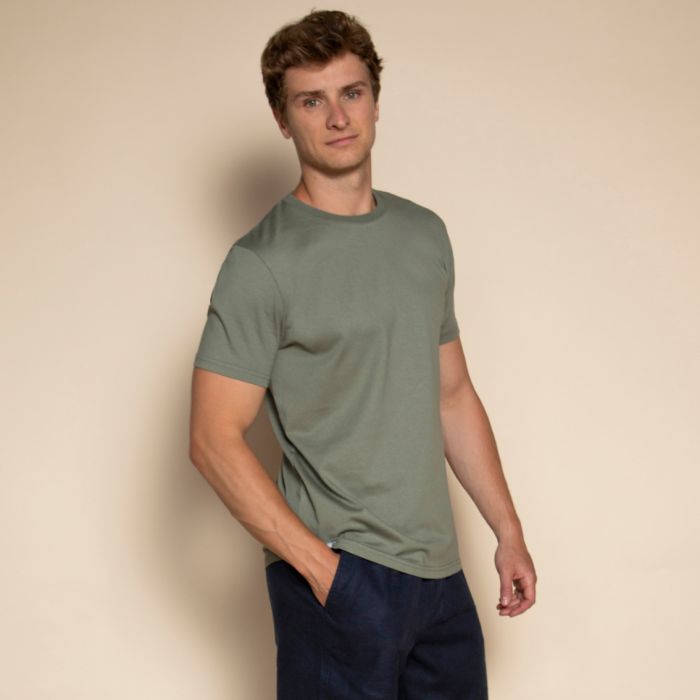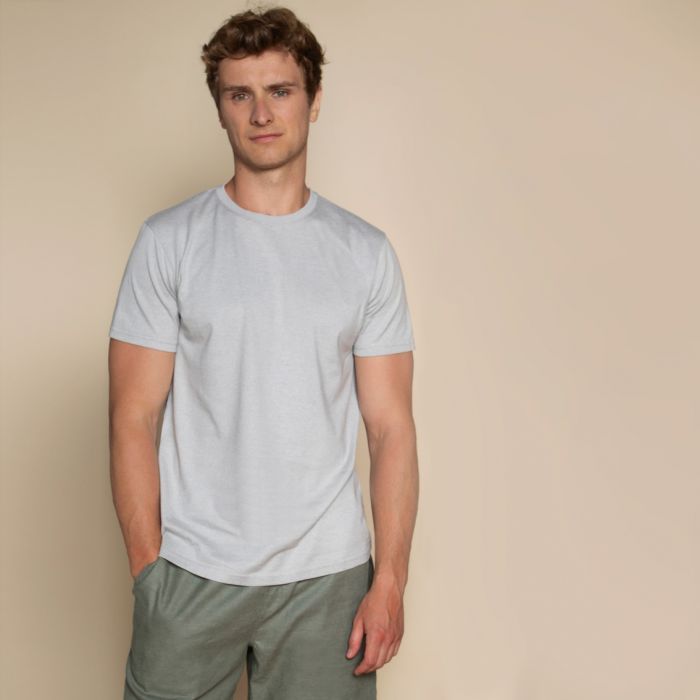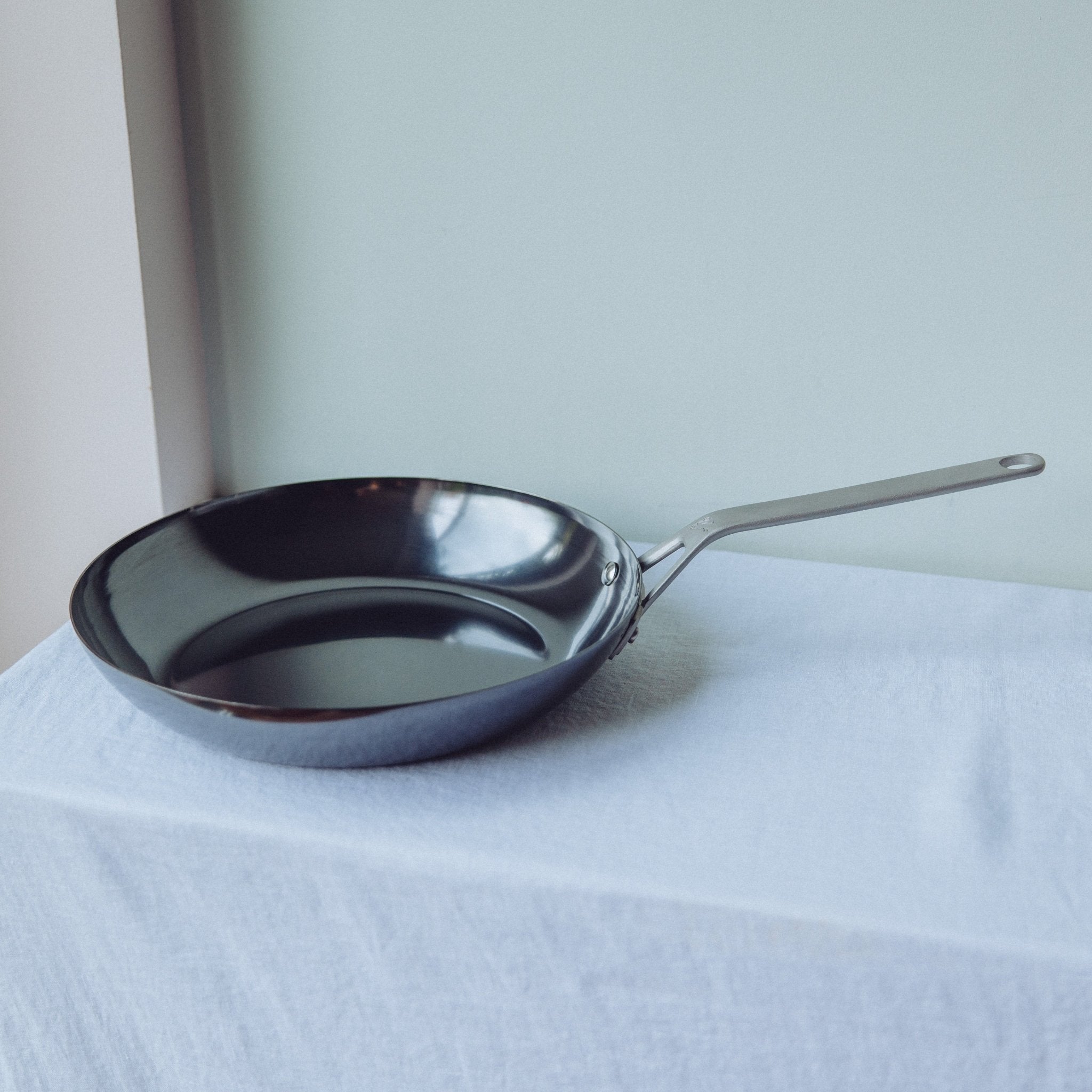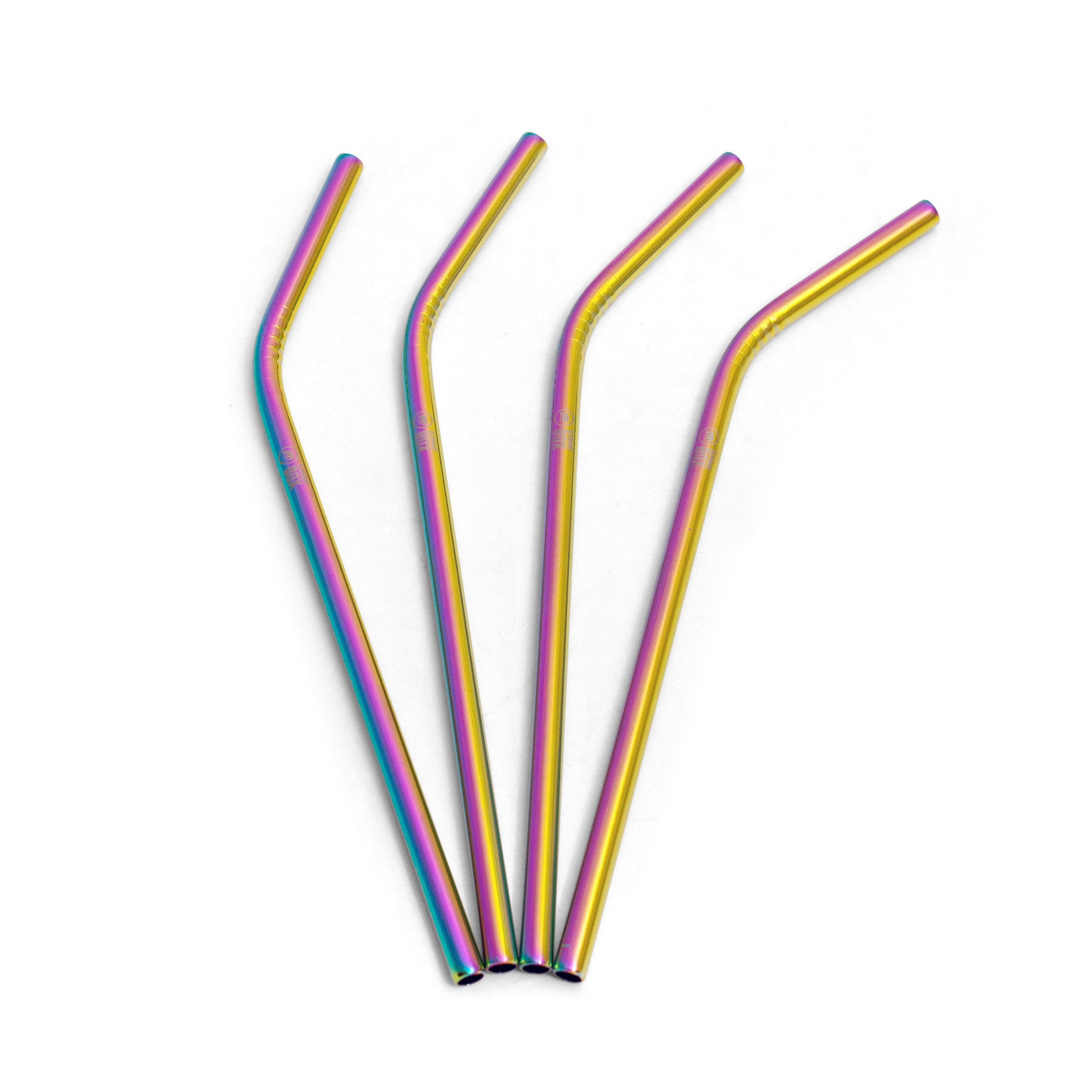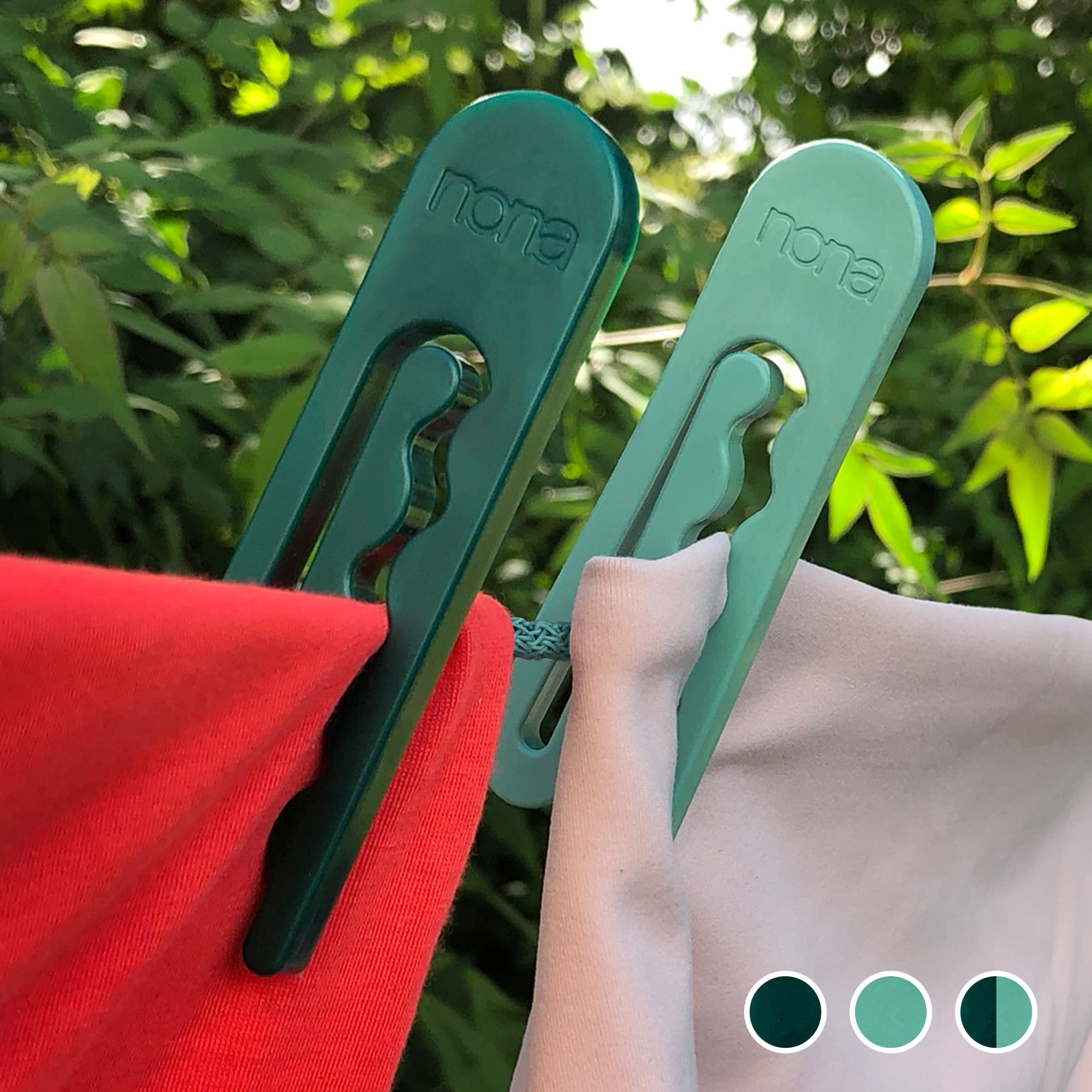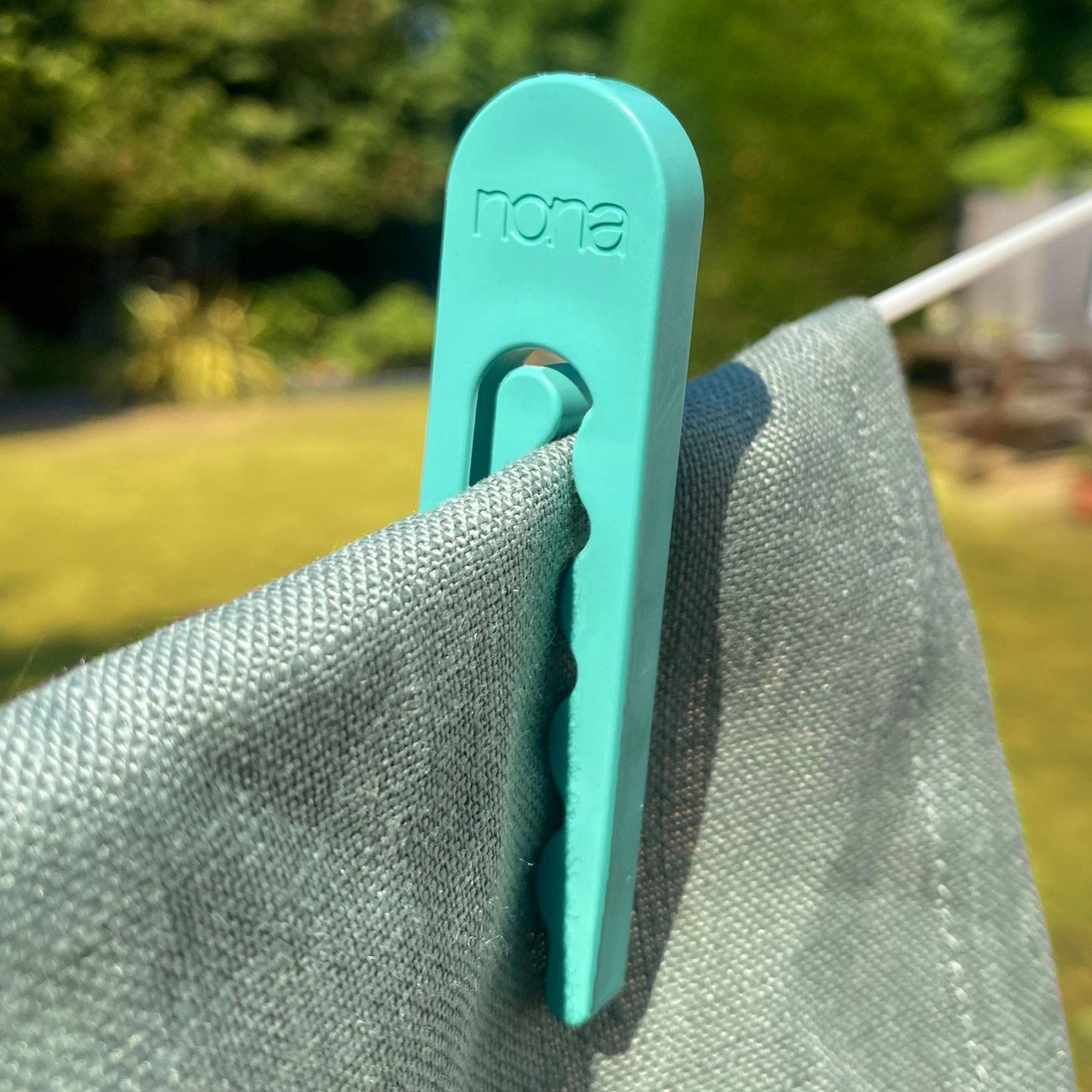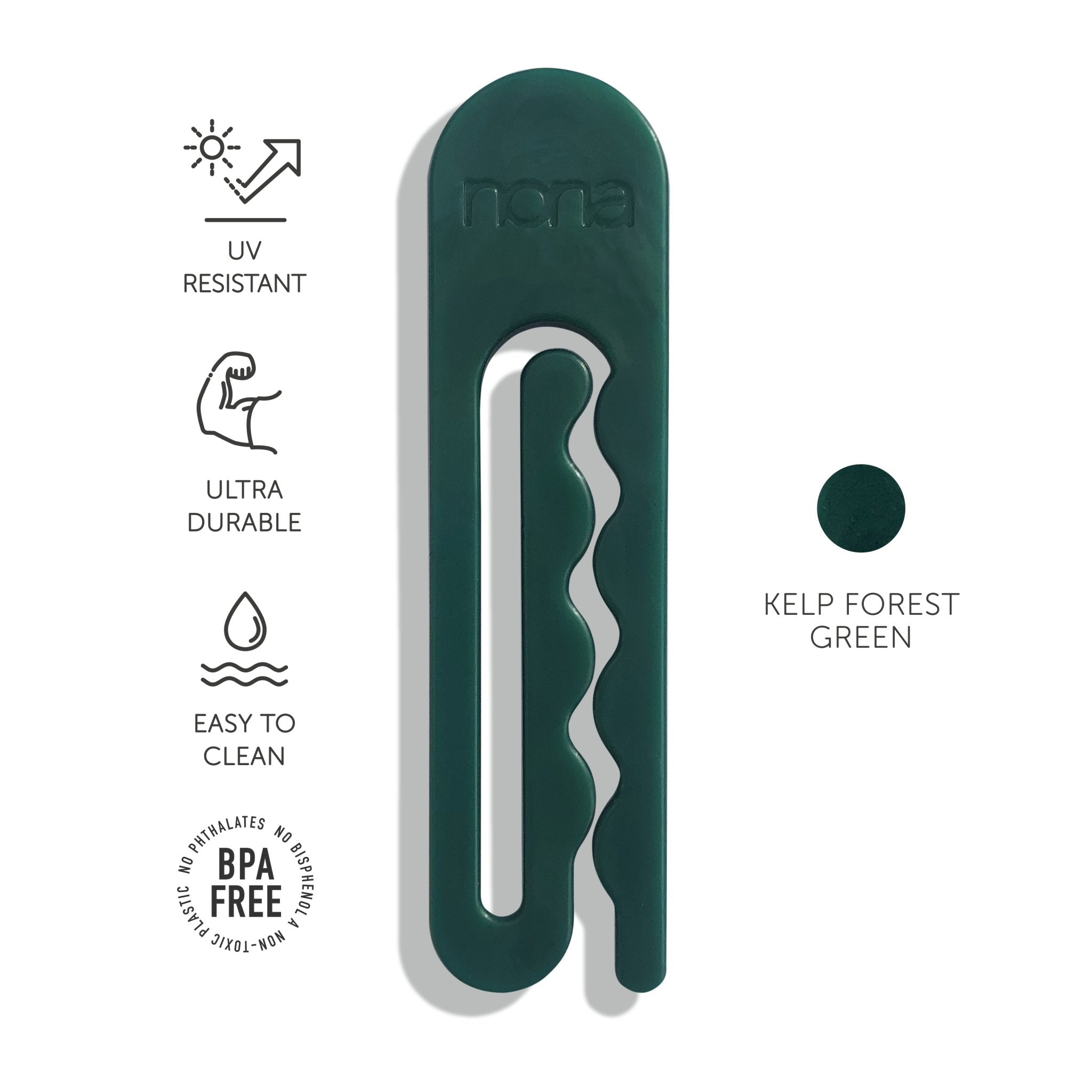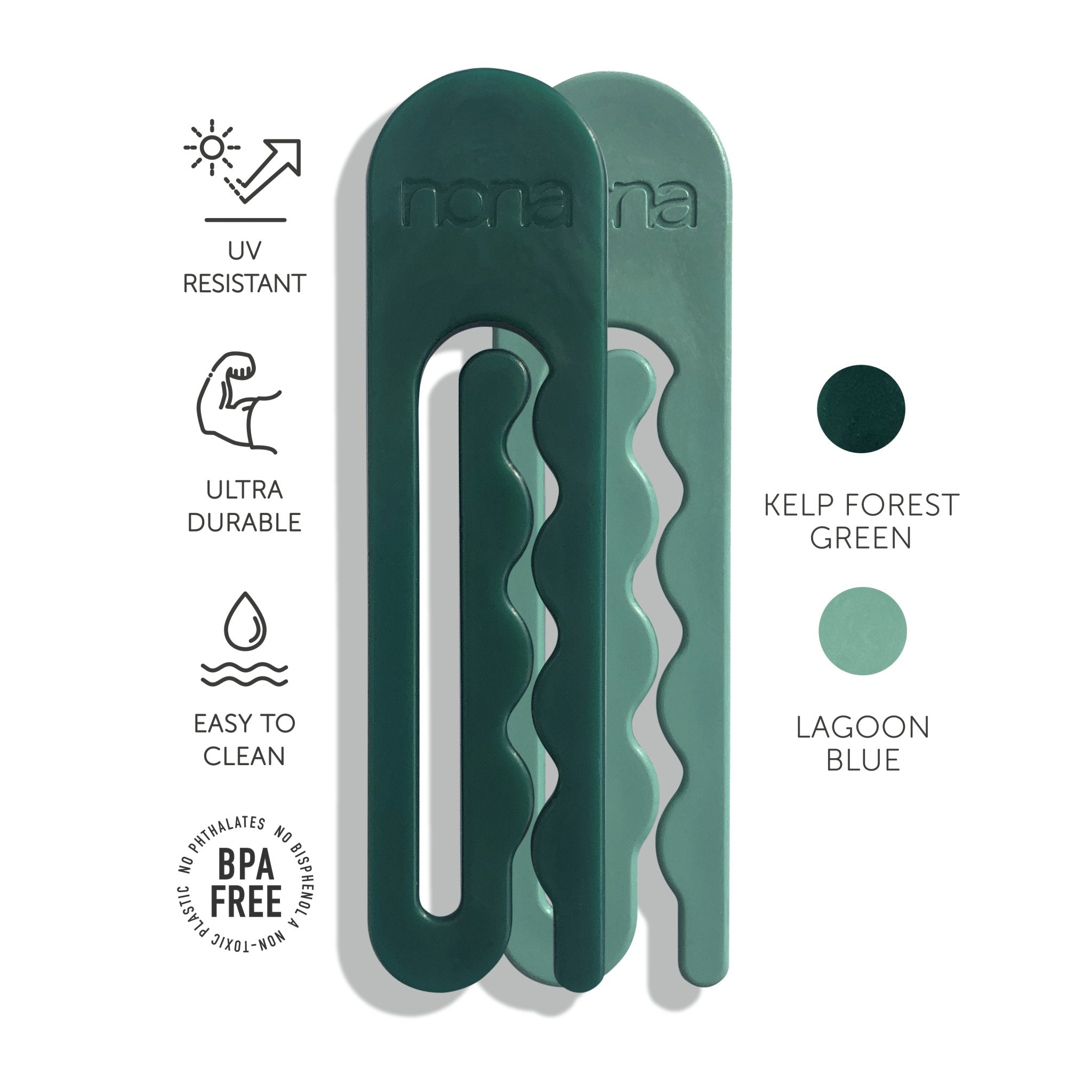Pillows
Reliable pillows for deeper, more comfortable sleep. Whether you sleep on your side, back or front, you’ll find options here that feel just right. We use natural materials like linen and long-staple cotton for that soft-but-supportive balance that holds up over time. Firm, medium or soft – your sleep, your choice. Built to last through thousands of nights, without losing their shape or comfort.
Pillow FAQs
How do you properly wash and dry your pillows?
To properly wash and dry your pillows, check the care label first - some need special treatment. Most synthetic and feather pillows can be machine washed on a gentle cycle with mild detergent (two at a time keeps your washer balanced). Tumble dry on low with dryer balls or tennis balls to restore loft. Foam pillows? Best to spot-clean those, as a spin in the washer can ruin them. Make sure all pillows are bone dry before use to avoid musty surprises.
For extra tips, visit our Product Care and Repair blog hub.
How often should you replace a pillow for optimal support?
For optimal support, most pillows need replacing every 1–2 years - unless you’ve got one built to last. Over time, pillows lose puff and structure, which can leave your neck feeling a bit wonky. If it stays folded or starts feeling lumpy, it’s probably on its last legs. Consider a quality pillow with a firm inner core or long warranty to get more snooze for your spend.
What causes pillows to turn yellow over time?
Pillows turn yellow over time thanks to sweat, skin oils and the occasional dribble (no judgment). These seep through pillowcases and slowly stain the filling. Even a decent pillow protector isn’t foolproof. Regularly washing your covers and using a breathable barrier can help ward off the worst of it. A washable pillow with a sealed outer shell offers an extra line of defence.
Which pillows are the most durable and long-lasting?
The most durable and long-lasting pillows are usually made from natural latex, high-density memory foam or layered designs with strong cores. Look for washable covers and solid construction - organic latex resists sagging naturally. Some come backed by 5- to 10-year warranties, which is always reassuring. Give the cheap fibrefill ones a miss if you want good value over time.
Browse top picks in our long-lasting duvets and pillows collection or learn about our durability research process.
What’s the best pillow type for side sleepers?
The best pillow type for side sleepers is one that’s medium-firm to firm, with enough height to support your neck. That gap between ear and shoulder needs filling to keep your spine in line. Memory foam and shredded latex work well, as they mould gently and hold shape. Adjustable-fill pillows are another good shout - they let you tweak the height until it feels just right.
How many pillows should you sleep with for healthy alignment?
For healthy alignment, just one decent pillow under your head is usually enough. It should support your neck without nudging your head too high or letting it sag. Side sleepers sometimes find a second pillow between the knees helps ease hip strain. And if aches persist, it may be time to switch to a firmer, better-made pillow.
Can feather pillows be cleaned in a washing machine?
Yes, most feather pillows can be machine washed - just go gently. Use a mild detergent and pop in two at once to balance the drum. Dry on low with tennis or dryer balls to keep them lofty, and make sure they’re totally dry before bed (damp feathers smell worse than a wet dog). Always double-check the care label first.



